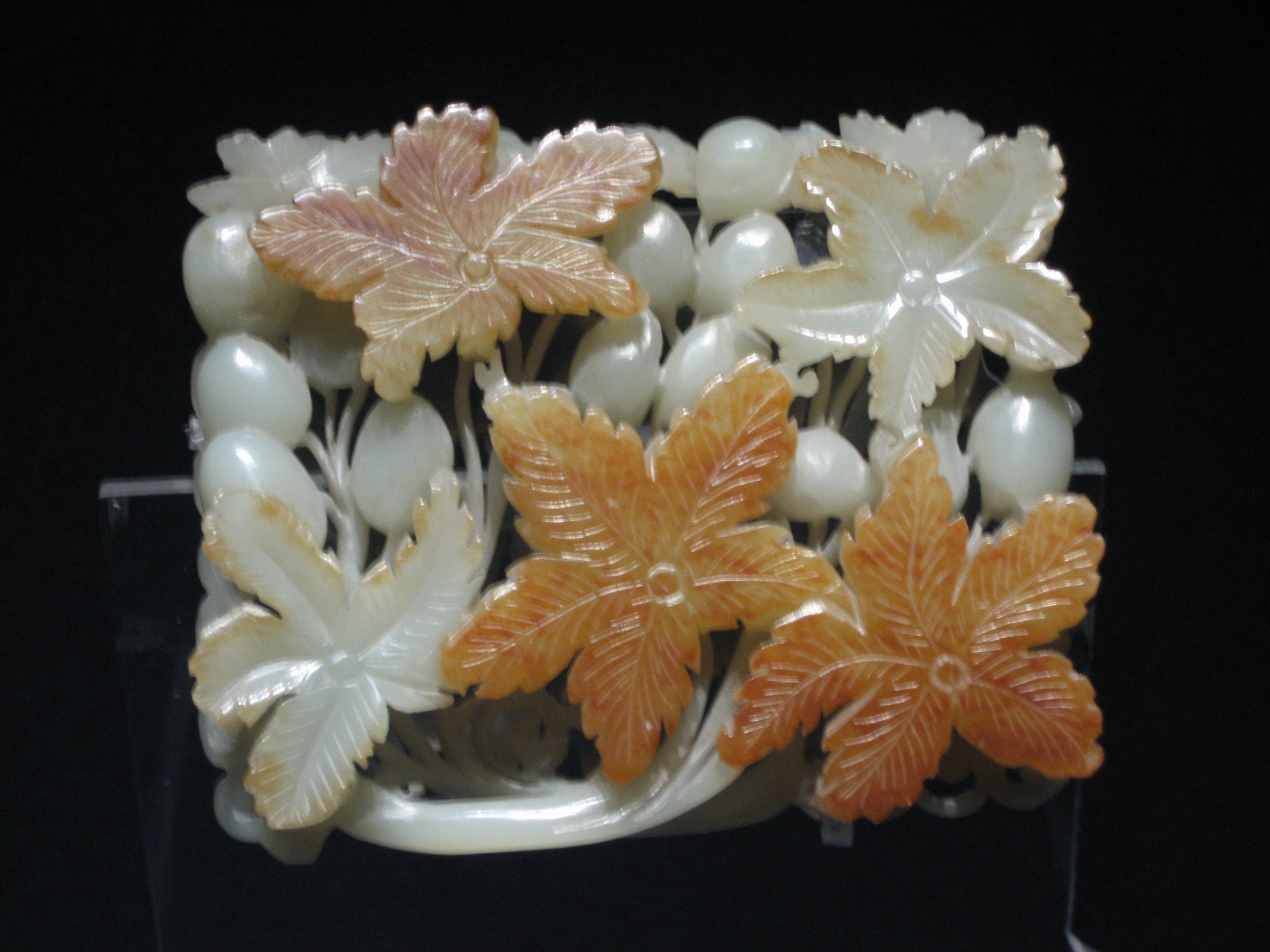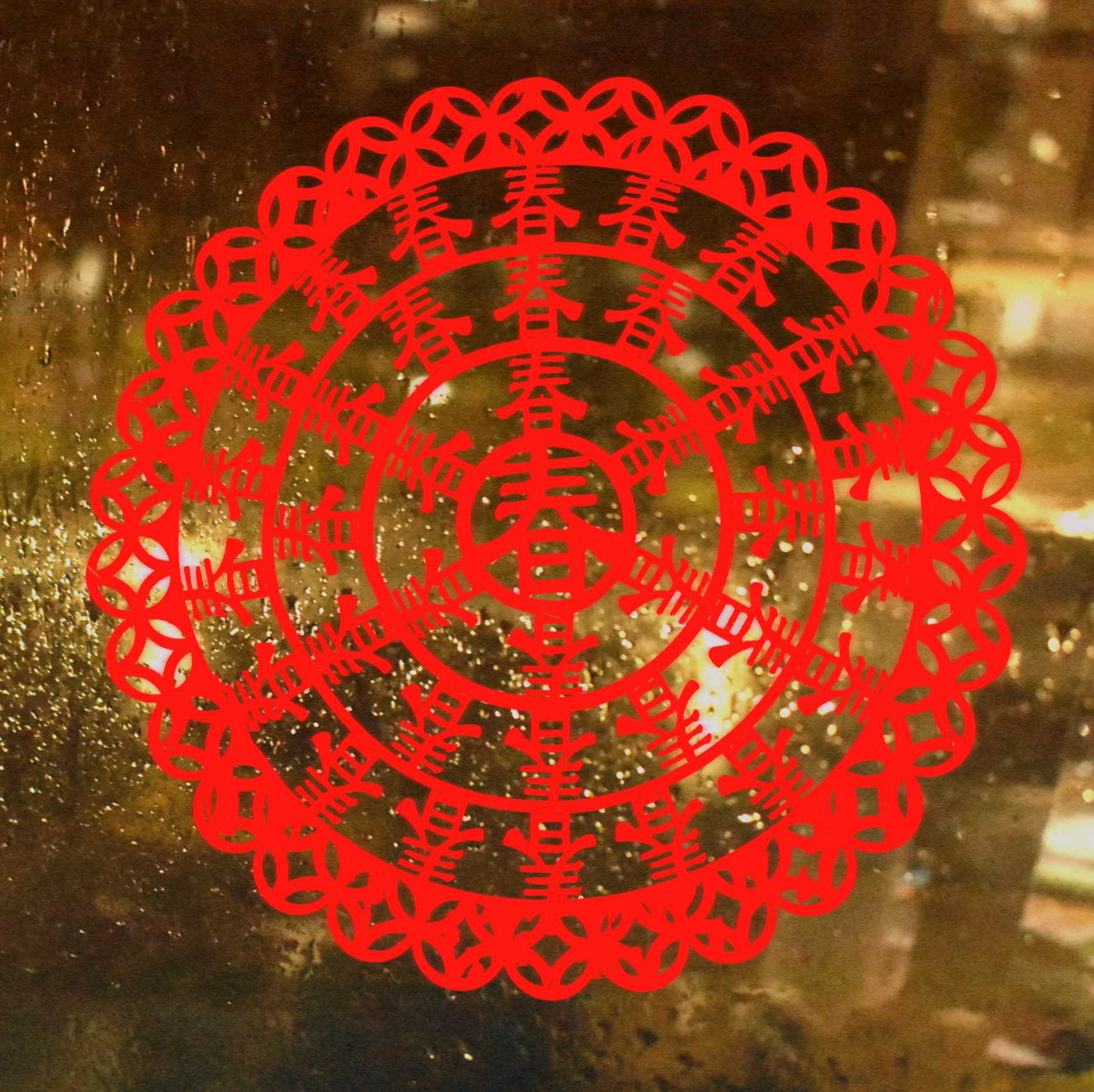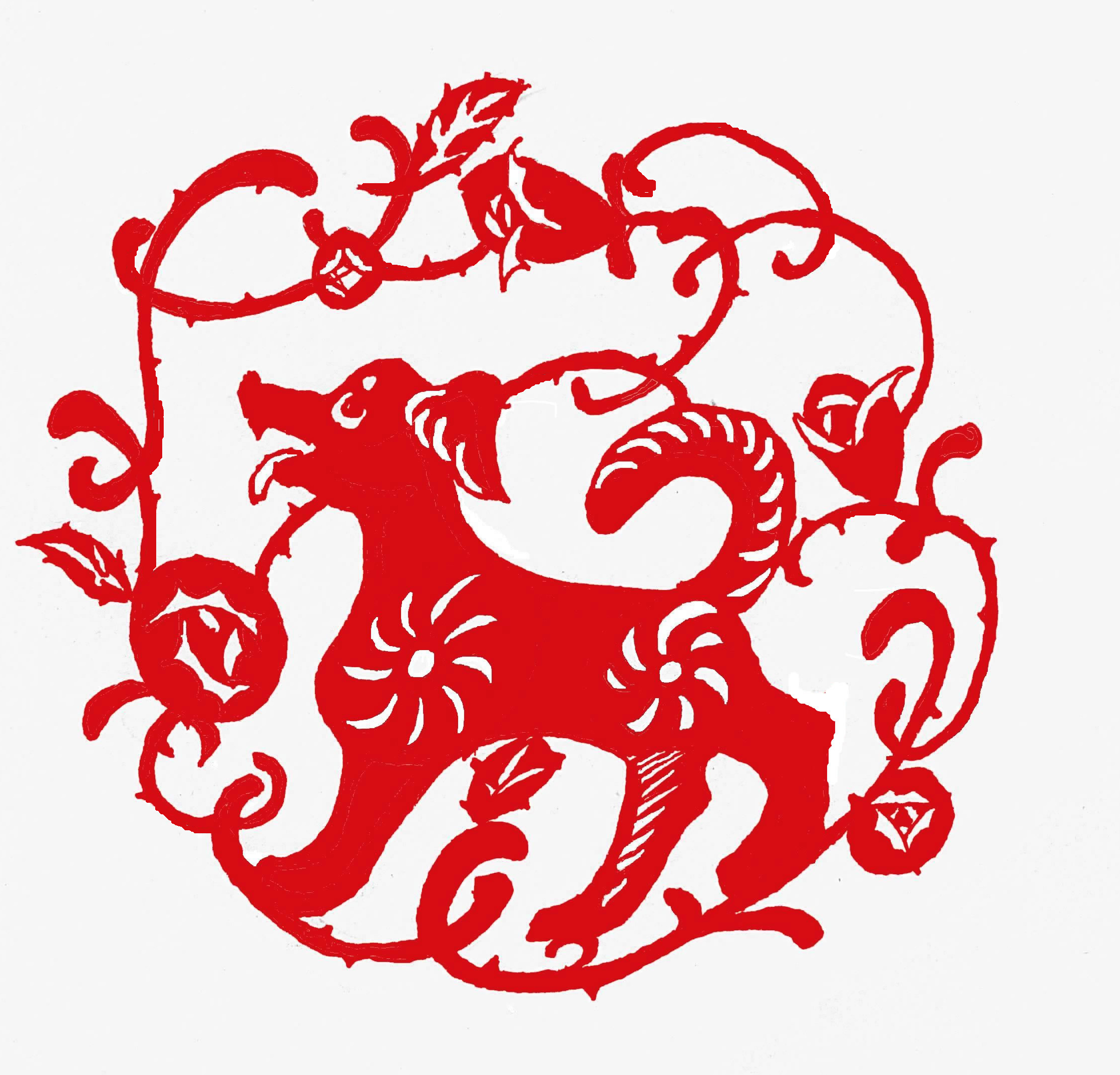|
Arts In China
The arts of China () have varied throughout its ancient history, divided into periods by the ruling dynasties of China and changing technology, but still containing a high degree of continuity. Different forms of art have been influenced by great philosophers, teachers, religious figures and even political leaders. The arrival of Buddhism and modern Western influence produced especially large changes. Chinese art encompasses fine arts, folk arts and performance arts. General history Early forms of art in China were made from pottery and jade in the Neolithic period, to which was added bronze in the Shang dynasty. The Shang are most remembered for their blue casting, noted for its clarity of detail. Early Chinese music and poetry was influenced by the Classic of Poetry, Confucius and the Chinese poet and statesman Qu Yuan. In early imperial China, porcelain was introduced and was refined to the point that in English the word ''china'' has become synonymous with high-quality ... [...More Info...] [...Related Items...] OR: [Wikipedia] [Google] [Baidu] |
Jade Ornament With Grape Design
Jade is a mineral used as jewellery or for ornament (art), ornaments. It is typically green, although may be yellow or white. Jade can refer to either of two different silicate minerals: nephrite (a silicate of calcium and magnesium in the amphibole group of minerals), or jadeite (a silicate of sodium and aluminium in the pyroxene group of minerals). Jade is well known for its ornamental use in East Asian, South Asian, and Southeast Asian arts, Southeast Asian art. It is commonly used in Latin America, such as Mexico and Guatemala. The use of jade in Mesoamerica for symbolic and ideological ritual was influenced by its rarity and value among pre-Columbian Mesoamerican cultures, such as the Olmecs, the Maya peoples, Maya, and Valley_of_Mexico#History_of_human_habitation, other ancient civilizations of the Valley of Mexico. Etymology The English word ''jade'' is derived (via French and Latin 'flanks, kidney area') from the Spanish term (first recorded in 1565) or 'loin stone ... [...More Info...] [...Related Items...] OR: [Wikipedia] [Google] [Baidu] |
Sui Dynasty
The Sui dynasty (, ) was a short-lived imperial dynasty of China that lasted from 581 to 618. The Sui unified the Northern and Southern dynasties, thus ending the long period of division following the fall of the Western Jin dynasty, and laying the foundations for the much longer lasting Tang dynasty. Founded by Emperor Wen of Sui, the Sui dynasty capital was Chang'an (which was renamed Daxing, modern Xi'an, Shaanxi) from 581–605 and later Luoyang (605–18). Emperors Wen and his successor Yang undertook various centralized reforms, most notably the equal-field system, intended to reduce economic inequality and improve agricultural productivity; the institution of the Five Departments and Six Board (五省六曹 or 五省六部) system, which is a predecessor of Three Departments and Six Ministries system; and the standardization and re-unification of the coinage. They also spread and encouraged Buddhism throughout the empire. By the middle of the dynasty, the new ... [...More Info...] [...Related Items...] OR: [Wikipedia] [Google] [Baidu] |
Chinese Paper Folding
Chinese paper folding, or ''zhezhi'' (), is the art of paper folding that originated in medieval China. The work of 20th-century Japanese paper artist Akira Yoshizawa widely popularized the Japanese word '' origami''; however, in China and other Chinese-speaking areas, the art is referred to by the Chinese name, ''zhezhi''. Traditional Chinese paper folding concentrates mainly on objects like boats or hats rather than the animals and flowers of Japanese origami. A recent innovation is from the ''Golden Venture'' migrants where large representational objects are made from modular forms. History Paper was first invented by Cai Lun during the Eastern Han Dynasty era. In the 6th century, Buddhist monks carried paper to Japan.Robinson, Nick (2004). ''The Origami Bible'', p. 10. The earliest document showing paper folding is a picture of a small paper boat in an edition of Tractatus de sphaera mundi from 1490 by Johannes de Sacrobosco. However it is very likely that paper folding or ... [...More Info...] [...Related Items...] OR: [Wikipedia] [Google] [Baidu] |
Eastern Han Dynasty
The Han dynasty (, ; ) was an Dynasties in Chinese history, imperial dynasty of China (202 BC – 9 AD, 25–220 AD), established by Emperor Gaozu of Han, Liu Bang (Emperor Gao) and ruled by the House of Liu. The dynasty was preceded by the short-lived Qin dynasty (221–207 BC) and a warring interregnum known as the ChuHan contention (206–202 BC), and it was succeeded by the Three Kingdoms period (220–280 AD). The dynasty was briefly interrupted by the Xin dynasty (9–23 AD) established by usurping regent Wang Mang, and is thus separated into two periods—the #Western Han, Western Han (202 BC – 9 AD) and the #Eastern Han, Eastern Han (25–220 AD). Spanning over four centuries, the Han dynasty is considered a golden age (metaphor), golden age in Chinese history, and it has influenced the identity of the History of China, Chinese civilization ever since. Modern China's majority ethnic group refers to themselves as the "Han Chinese, Han people", the Sinitic langu ... [...More Info...] [...Related Items...] OR: [Wikipedia] [Google] [Baidu] |
Chinese Paper Cutting
The art of paper cutting ( zh, t=剪纸, p=jiǎnzhǐ) in China may date back to the 2nd century CE, when paper was invented by Cai Lun, a court official of the Eastern Han Dynasty. As paper became more affordable, paper-cutting became one of the most important types of Chinese folk art. Later, this art form spread to other parts of the world, with different regions adopting their own cultural styles. Because the cut-outs are often used to decorate doors and windows, they are sometimes referred to as zh, t=窗花, p=chuāng huā, labels=no, "window flowers" or "window paper-cuts". These cut-paper decorations are often glued to the exterior of windows, so the light from the inside shines through the negative space of the cutout. Usually, the artworks are made of red paper, as red is associated with festivities and happiness in Chinese culture, but other colours are also used. Normally cut-paper artwork is used on festivals such as Chinese New Year, weddings and childbirth, a ... [...More Info...] [...Related Items...] OR: [Wikipedia] [Google] [Baidu] |
Paper Cutting
Papercutting or paper cutting is the art of paper designs. Art has evolved all over the world to adapt to different cultural styles. One traditional distinction most styles share is that the designs are cut from a single sheet of paper as opposed to multiple adjoining sheets as in collage. History Paper cut art appeared during the Han dynasty in 4th century AD after the Chinese official, Cai Lun invented paper in 105 AD. The oldest surviving paper cut out is a symmetrical circle from the 6th century Six Dynasties period found in Xinjiang China.Needham, Joseph. Chemistry and Chemical Technology. 974(1974). Cambridge University Press. Papercutting continued to be practiced during the Song and Tang Dynasties as a popular form of decorative art. By the eighth or ninth century papercutting appeared in West Asia and in Turkey in the 16th century. The knowledge of papermaking did not reach Europe until the 13th century so papercutting could only have arrived after that. In ... [...More Info...] [...Related Items...] OR: [Wikipedia] [Google] [Baidu] |
Chinese Folk Art
Chinese folk art are artistic forms inherited from a regional or ethnic scene in China. Usually there are some variation between provinces. Individual folk arts have a long history, and many traditions are still practiced today. The general definition of folk art incorporates Chinese art forms that are not classified as Chinese fine art. Chinese Folk art is the ancient forms of art that originated in China. Some of these ancient art forms include jade carvings, performance art such as music and their respective instruments, textile art such as basket weaving, paper art and clothing. Jade Carving Jade is a semi-rare green mineral. This mineral is prominently found in Chinese art. Due to the toughness of Jade, It is believed that Chinese Jade Carvings were first carved into weapons such as swords, it is unclear if the sword carvings were used for ceremonial or utilitarian use. As time went on Jade was carved into many different shapes and forms, an example of a Jade Carving i ... [...More Info...] [...Related Items...] OR: [Wikipedia] [Google] [Baidu] |
Emperor Minghuang's Journey To Sichuan, Freer Gallery Of Art
An emperor (from la, imperator, via fro, empereor) is a monarch, and usually the sovereign ruler of an empire or another type of imperial realm. Empress, the female equivalent, may indicate an emperor's wife ( empress consort), mother ( empress dowager), or a woman who rules in her own right and name (empress regnant). Emperors are generally recognized to be of the highest monarchic honor and rank, surpassing kings. In Europe, the title of Emperor has been used since the Middle Ages, considered in those times equal or almost equal in dignity to that of Pope due to the latter's position as visible head of the Church and spiritual leader of the Catholic part of Western Europe. The Emperor of Japan is the only currently reigning monarch whose title is translated into English as "Emperor". Both emperors and kings are monarchs or sovereigns, but both emperor and empress are considered the higher monarchical titles. In as much as there is a strict definition of emperor, it is t ... [...More Info...] [...Related Items...] OR: [Wikipedia] [Google] [Baidu] |







